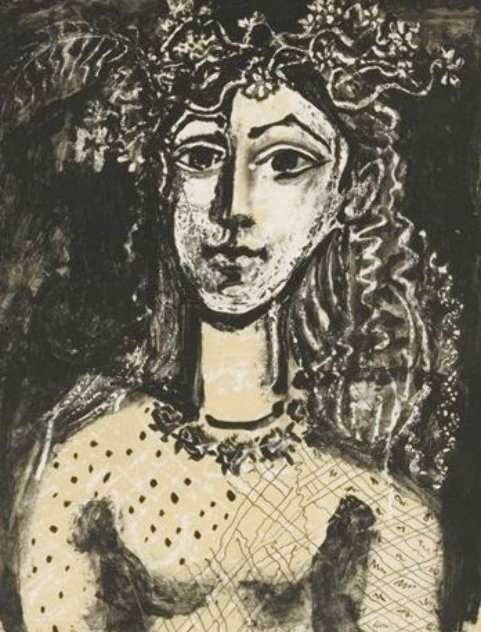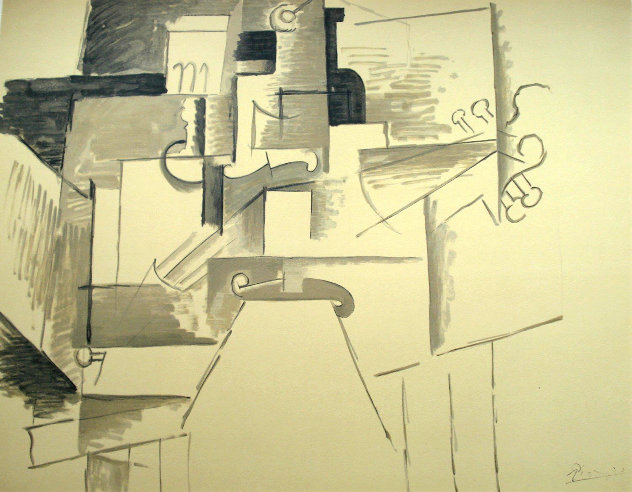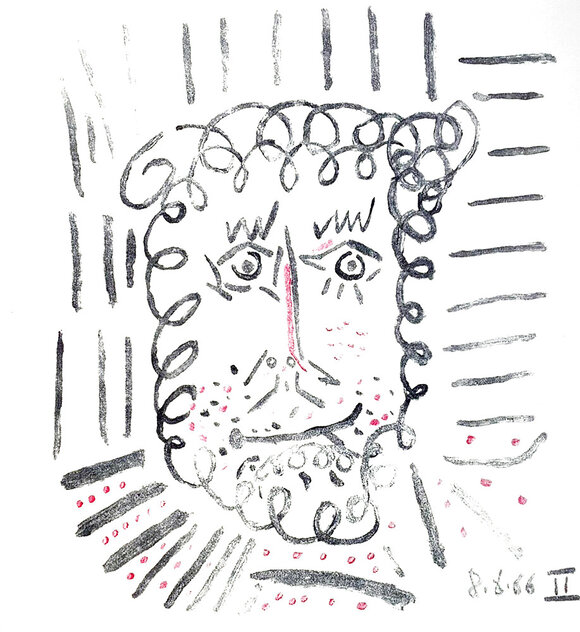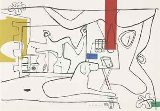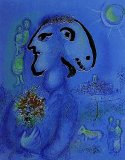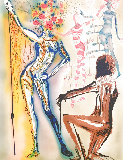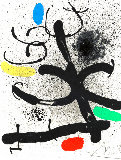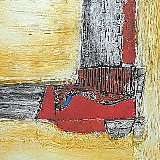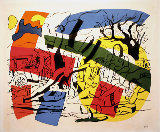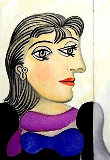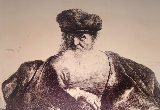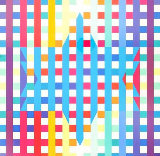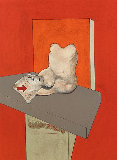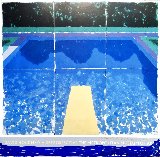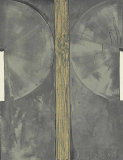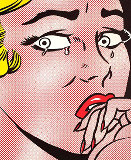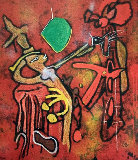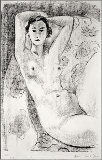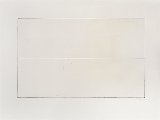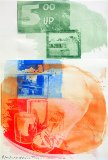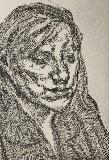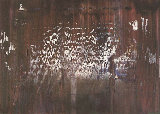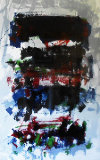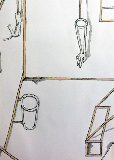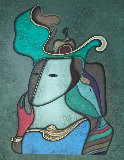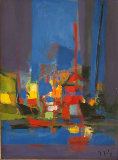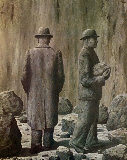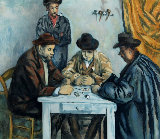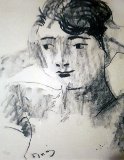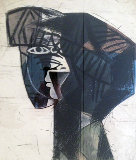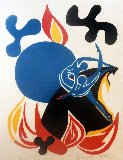


Peintre Rammasant Son Pinceau TP 1927
Pablo Picasso
Limited Edition Print : Etching
Size : 8x11 in | 20x28 cm
Framed : 19x22 in | 48x56 cm
Edition : From the Trial Proof Edition of 7
Reduced
- 🔥1927 Framed Limited Edition Trial Proof Etching - Inquire $4,500
Year1934
Not Signed
Condition Excellent
Framed with PlexiglassWood Frame w/ White Mat and Blue Filets
Purchased fromOther 1985
Provenance / HistoryAn etching entitled Peintre rammasant son Pinceau, plate7 from Le Chef d’Oeuvre inconnu (Geiser No. 129 Iib, Bloch No. 88), executed in 1927, one of seven trial proofs, from the set of thirteen, total edition size of 439, published by A. Vollard, Paris, 1934.
Story / Additional InfoPlate 7 From Le Chef D’oeuvre Inconnu (Geiser No. 129)
Certificate of AuthenticityAppraisal By Jacqueline Smith & Associates
Additional InformationHuge Price Drop
LID164831
Pablo Picasso - Spain
Art Brokerage: Park West Artist: Pablo Picasso Blue Chip Spanish Artist: Pablo Picasso was one of the most influential artists of the 20th century. His ingenious use of form, color, and perspective profoundly impacted later generations of painters, including Willem de Kooning and David Hockney. "There are artists who transform the sun into a yellow spot, but there are others who, thanks to their art and intelligence, transform a yellow spot into the sun," he once said. Born Pablo Diego José Francisco de Paula Juan Nepomuceno Crispín Crispiniano María de los Remedios de la Santísima Trinidad Ruiz Picasso on October 25, 1881 in Málaga, Spain, his prodigious talent was cultivated early on by his father the painter Jose Ruíz Blasco. Picasso went on to attend the Royal Academy of San Fernando in Madrid, and lived for a time in Barcelona before settling in Paris in 1904. Immersed in the avant-garde circles of Gertrude Stein, he rapidly transitioned from Neo-Impressionism through the Blue Period and Rose Period, before reaching a culmination in his masterpiece Les Demoiselles d'Avignon (1907). Constantly in search of pictorial solutions and in dialogue with his friend Georges Braque, Picasso melded forms he saw in African sculpture with the multiple perspectives he gleaned from Paul Cézanne, to produce Cubism. Not limited to painting, the artist also expressed himself through collage, sculpture, and ceramics. Having been deeply affected by the ongoing Spanish Civil War, Picasso created what is arguably his most overtly political work Guernica (1937), a mural-sized painting depicting carnage with jagged shapes and contrasting grayscale. The artist was prolific up until his death on April 8, 1973 in Mougins, France. Today, his works are held in the collections of The Museum of Modern Art in New York, the Tate Gallery in London, the Hermitage Museum in St. Petersburg, as well as institutions devoted solely to his life work, such as the Museo Picasso Málaga, the Museu Picasso in Barcelona, and the Musée National Picasso in Paris. Listings wanted.

